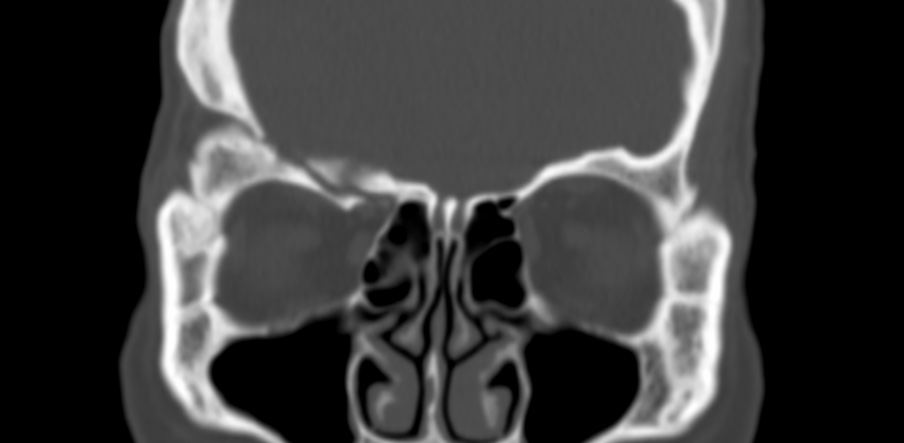
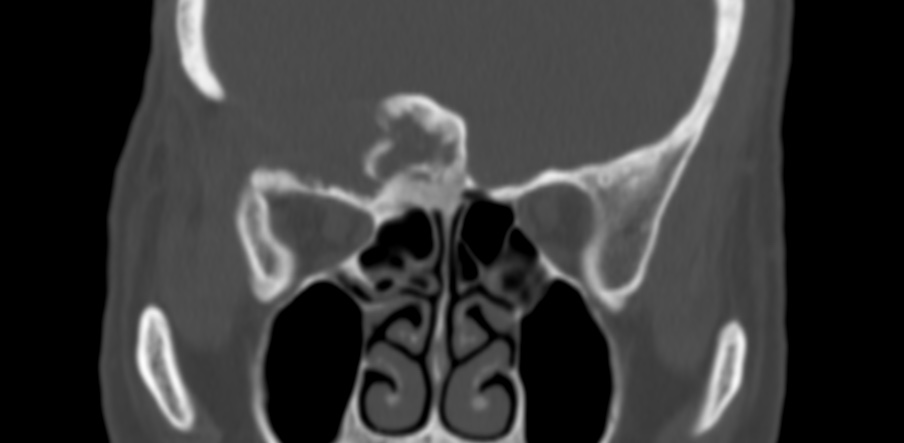

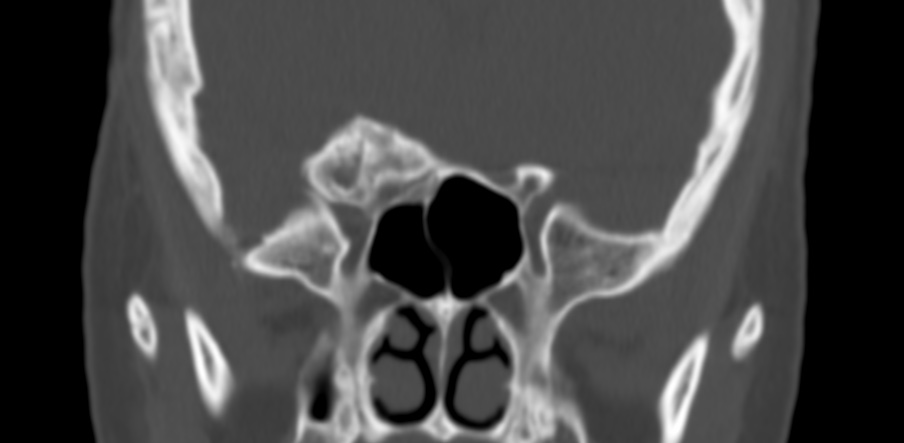

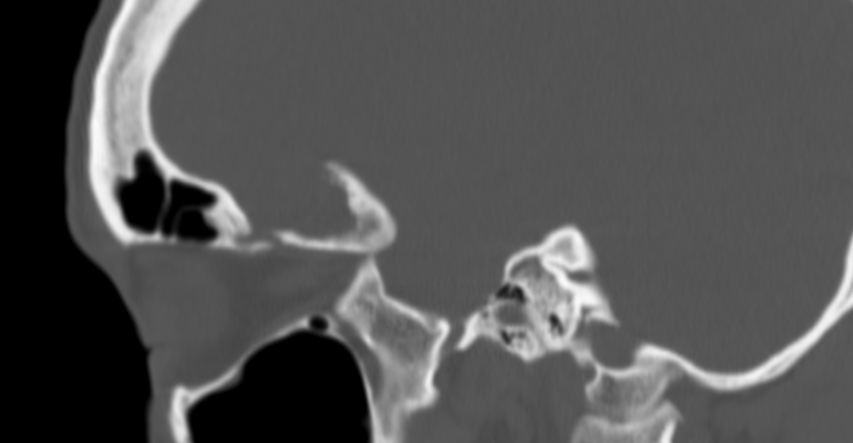
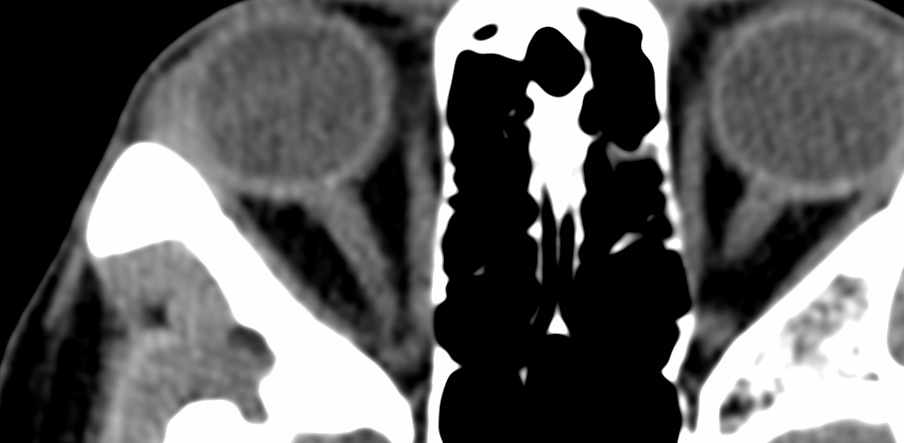
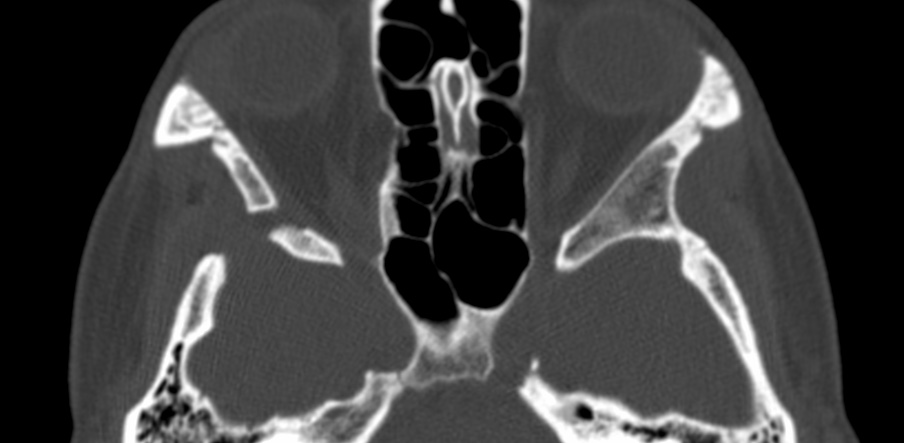

Fibrous dysplasia (FD) is a rare, mosaic disorder in which normal bone and marrow are replaced with fibro-osseous tissue. Expansile lesions lead to deformities, fractures, and disability. FD may involve one or multiple bones, and may occur in association with skin macules and hyperfunctioning endocrinopathies, termed McCune-Albright syndrome (MAS)
Vision loss due to optic neuropathy (ON) is a severely disabling complication of FD. ON is a nonspecific diagnosis referring to damage and atrophy of the optic nerve due to any cause.
There is evidence suggests the mechanism of ON in FD is more complex and likely multifactorial. Since growth hormone excess is an established risk factor for ON in FD/MAS, optic nerve elongation, in the setting of acromegalic macrocephaly, is another proposed mechanism. Furthermore, FD involvement of the facial skeleton leading to asymmetry and proptosis may also stretch the optic nerve leading to ON. Because of this heterogeneity, management of ON in FD is challenging and has been the subject of controversy for decades.
Reference: